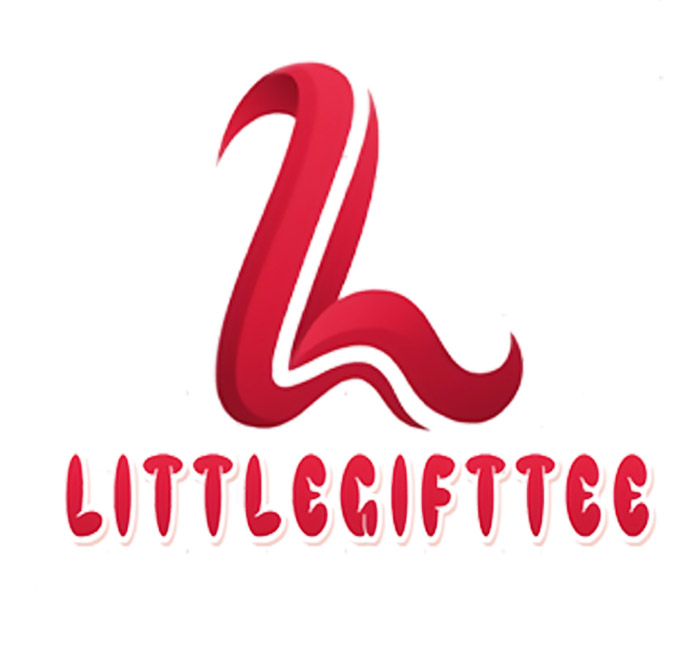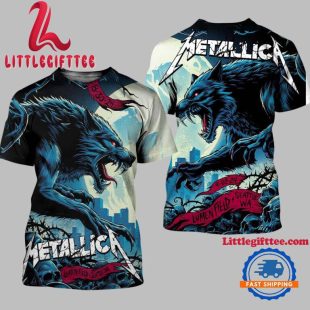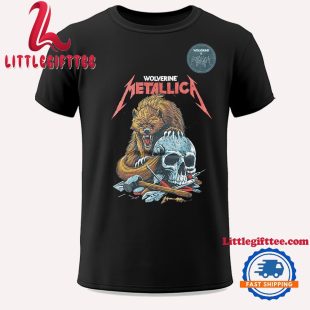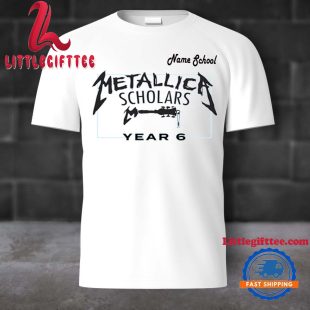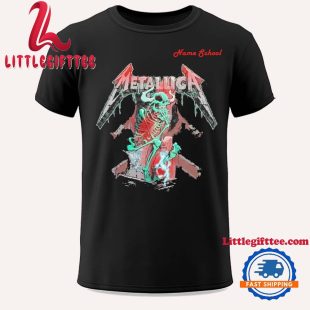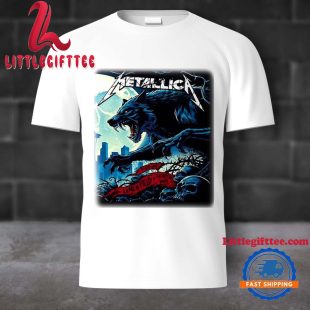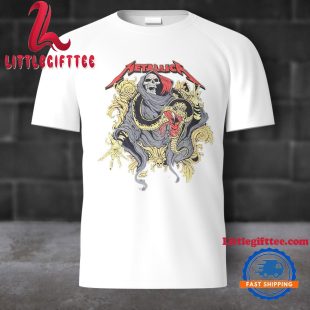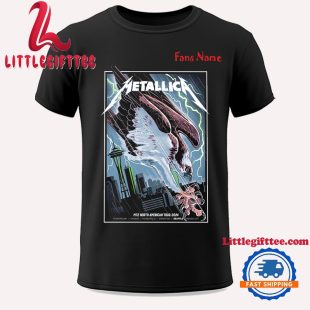Music
How Did Metallica Make the Load Album Cover?
The creation of Metallica’s Load album cover is as provocative and boundary-pushing as the music it encapsulates. More than just a visual accompaniment, this artwork serves as a powerful statement that intertwines the visceral essence of heavy metal with avant-garde artistic expression. At the heart of this striking piece lies the controversial figure of artist Andres Serrano, who crafted an image that has sparked extensive discussions around art, identity, and the very nature of rock and roll. To understand how Metallica made the Load album cover, we must delve into its creative process, implications, and the band’s reaction towards it.
A Creative Process Rooted in Controversy
The process behind the artwork for Load involved a bold amalgamation of materials that shocked audiences worldwide. Andres Serrano’s technique was not merely about creating shock value; it was an exploration into the relationship between materials and the human experience.
The Artistic Technique

Serrano’s choice to use cow blood and his own semen as mediums was both daring and deliberate. This combination evokes strong imagery, forcing observers to confront their feelings about bodily fluids and mortality.
Art has often been a means of challenging societal norms, and Serrano’s decision to employ such unconventional substances can be seen as a commentary on the rawness of existence itself. By blending these organic materials, he tapped into themes of life and death, struggle, power, and existential contemplation—all elements synonymous with the essence of heavy metal music.
This unique fusion culminated in the photograph titled Semen and Blood III, which aimed to provoke thought and challenge the boundaries of traditional artistry. In many ways, this choice of medium reflects Metallica’s own foray into a more nuanced and layered understanding of their musical identity. The question arises: could the integration of such visceral materials breathe new life into the genre, inviting listeners to engage with heavier themes in a multifaceted way?
The Conceptual Underpinnings
At the core of the Load album cover lies a profound narrative that resonates with the themes prevalent in Metallica’s music. The juxtaposition of bodily fluids with animal blood creates a dialogue about masculinity and vulnerability within the heavy metal genre.
Traditionally, heavy metal has celebrated aggression, rebellion, and hyper-masculinity. However, by choosing to embrace these more tender and vulnerable aspects of human experience, Metallica signals a shift towards a more inclusive interpretation of strength. This choice challenges the conventional notions of what it means to be “strong” or “masculine” in a world that often glorifies toughness above all else.
Through this lens, the Load cover can be viewed as a celebration of the complexities of human identity—one that recognizes the coexistence of power and fragility. It encourages audiences to reconsider their perceptions of strength while acknowledging that vulnerability is an integral part of humanity.
The Role of Shock Value in Art
Shock value has long stood as a significant element of contemporary art, often serving as a catalyst for discussion and reflection. With the Load album cover, it becomes evident that Serrano intended not only to provoke but also to engage viewers in a deeper conversation about art’s role in society.
In employing such shocking imagery, Serrano beckons observers to leave their comfort zones and confront uncomfortable truths about life, death, and everything in between. This willingness to push boundaries ultimately aligns with Metallica’s ethos, reflecting the spirit of rebellion that permeates their music.
By creating a piece that invites audiences to engage intellectually and emotionally, the Load artwork embodies the very essence of what makes heavy metal compelling: its capacity to provoke thought, elicit emotions, and inspire conversations that transcend mere entertainment.
The Band’s Reaction and Creative Vision
Interestingly, the response from Metallica regarding the Load cover has been mixed, particularly highlighted by James Hetfield’s ongoing frustrations surrounding the artwork. His sentiments reveal the tension between artistic expression and personal attachment to the representation of their music.
James Hetfield’s Frustration
Hetfield has openly expressed his dissatisfaction with the choices made for both the Load and Reload covers. His remarks underscore the conflicting desires that artists often face when collaborating with external creators. While they seek to maintain control over their vision, allowing outsiders into the creative process can lead to outcomes that diverge from their expectations.
This dichotomy raises essential questions: To what extent should artists have autonomy over their visual representation? What happens when the essence of the music does not align with the accompanying visuals?
Hetfield’s frustration with the Load cover speaks volumes about the challenges inherent in balancing artistic freedom with personal sentiment. It highlights the significance of collaboration and communication in the creative process, emphasizing the need for artists to find common ground when working with others to convey their message accurately.
Embracing Controversy as Artistic Liberation
Despite Hetfield’s discontent, the fact that Load features such a controversial piece of artwork reveals Metallica’s willingness to engage with—and embrace—controversy as a form of artistic liberation. By aligning themselves with Serrano’s provocative style, the band underscores its commitment to pushing boundaries, even if that means courting discomfort.
In a genre that thrives on rebellion, Metallica’s choice to present an unconventional cover illustrates their desire to explore the full spectrum of human emotion. The cover art embodies a collision of sound and sight, inviting listeners to engage with their music on a deeper level while simultaneously questioning the very nature of artistry.
The tension between Hetfield’s frustration and the band’s overall ethos provides insight into the complex dynamics at play when merging music and visual art. It reinforces the notion that art is subjective, and audiences may interpret a single piece in vastly different ways depending on their perspectives.
The Discourse Surrounding Metal as a Genre
As heavy metal continues to evolve as a genre, the Load cover serves as a profound commentary on its trajectory. Historically, metal has been associated with aggression, rebellion, and a certain adherence to machismo. Yet, the choice to feature a cover that encapsulates bodily fluids and animal blood signifies a departure from these traditional tropes.
This evolution speaks to a broader cultural shift concerning masculinity, vulnerability, and mental health. By embracing more complex portrayals of strength and agency, Metallica opens up avenues for dialogue around what it means to be male in today’s world. The Load cover helps deconstruct stereotypes that have long defined the genre, and instead, invites audiences to consider the myriad ways individuals can express identity and strength.
In doing so, the cover challenges conventions not only within metal itself but across the wider music landscape, encouraging a more nuanced understanding of artistry. This shift fosters a greater sense of inclusivity, allowing fans and musicians alike to explore their identities without fear of judgment.
Implications of the Artwork

Beyond its immediate shock value, the Load album cover serves as a launching pad for broader discussions about the evolving identity of heavy metal as a genre and the changing landscape of album artwork in general.
The Evolution of Heavy Metal
Traditionally, metal has been characterized by its aggressive sound and rebellious themes. However, the Load cover signifies a conscious attempt to explore the nuances of masculinity and emotional expression within the genre.
By integrating bodily fluids with animal blood, the artwork blurs the lines between strength and vulnerability, prompting listeners to reassess their notions of what it means to be a metal fan. It pushes the boundaries of what is acceptable within the genre, transforming it into something more layered and complex.
This evolution points to an important trend in contemporary music, where artists are increasingly embracing authenticity and emotional honesty. As heavy metal continues to evolve, the Load cover serves as a beacon of change, inviting musicians and fans alike to confront their vulnerabilities and express their experiences through their art.
The Role of Album Art in Music Consumption
In today’s digital age, the physical album cover holds less significance compared to its historical context when it served as a canvas for a band’s identity. However, the shocking and thought-provoking nature of the Load cover ensures it remains a talking point, inviting listeners to engage with Metallica’s music on a deeper level.
The cover art does more than simply adorn the album; it challenges preconceptions of what metal should look and feel like. In an era where streaming services dominate music consumption, the visibility of the album cover may be diminished, yet its impact endures.
Listeners are encouraged to engage with the album visually and conceptually, using the cover art as a springboard for further exploration of the music itself. The Load cover transcends the limitations of its format, encouraging fans to consider deeper themes that resonate throughout the album.
Bridging Sound and Sight
Ultimately, the Load album cover represents a collision of sound and sight that fosters a rich dialogue between artistry and music. This intersection is crucial for recognizing the breadth of creativity that exists within the realms of heavy metal and beyond.
By drawing connections between music and visual art, Metallica invites audiences to ponder the implications of their artistic choices. The Load cover not only serves as a representation of the band’s sonic exploration but also encapsulates the complexities of human experience and emotion.
In a world where art continues to challenge conventions, the Load album cover stands as a testament to the power of creativity, pushing the boundaries of what it means to be an artist in today’s landscape. Its ability to provoke thought and inspire conversation cements its place in the canon of memorable album artwork.

The creation of Metallica’s Load album cover is a masterclass in artistic expression, marrying the visceral essence of heavy metal with avant-garde techniques. Through the controversial work of Andres Serrano, the band embraces a complexity that challenges traditional notions of masculinity and vulnerability within the genre.
As we have explored, the implications of the Load cover extend far beyond mere aesthetics—it serves as a commentary on the evolution of heavy metal as a genre and invites audiences to engage with the music on a deeper level. Hetfield’s frustrations reveal the tensions inherent in the creative process, while the artwork itself encourages a broader conversation about identity and artistry.
In essence, the Load album cover is a bold declaration that blurs the lines between music and visual art. It invites us to reflect on how we interpret creativity in its myriad forms, ensuring that its legacy will endure long after the album has faded into history.
